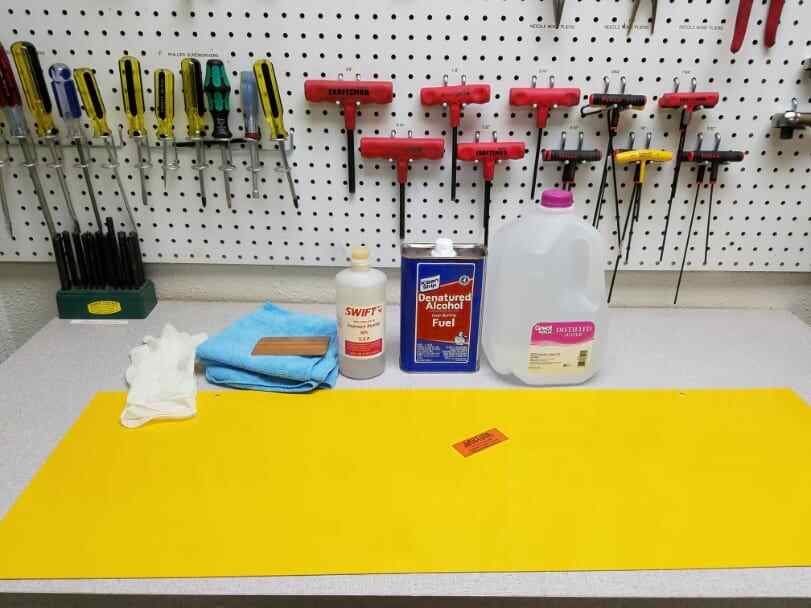There are very few products we see today without some type of cautionary or instructive label attached to them. And medical carts are no exception: warning labels, usage instructions, and branding marks are all commonly added to carts.
However, there’s more to markings than just peeling off the back of a label and sticking it onto a cart. You not only have to identify the correct type of label and ensure its durability, but also ensure the adhesive is durable and each marking remains legible for the long term – all of which are key factors within the IEC 60601-1 3rd Edition standard.
To help you better understand each of these attributes, we’ll go through each factor individually.
IEC 60601-1 Standards for Markings
Identification
Medical carts, just like a medical device, require specific labeling such as product identification, warning labels, caution labels, instruction labels, and much more. Each of these labels need to be identified during the development stage for a medical cart. To help you determine what type of labeling is required for your medical cart or medical device, review MECA’s free downloadable checklist.
Once the necessary types of labels are identified, they need to be designed and manufactured to last. These markings need to be durable enough to withstand the cleaning agents as well as exposure to a range of other elements found in the medical field. The labels must be designed to not peel or curl at the edges and must remain legible over the expected service life of the equipment.
Durability
Powder-coated steel and plastic used to construct medical carts each have many different textures and low surface energy, which can make securing labels problematic. Consequently, in order to ensure labels will not be easily removed from carts, the correct adhesive must be used. To address this, HUI Manufacturing carefully selects adhesives that stick to powder-coated and textured-plastic surfaces, i.e., 3M 300LSE.
Legibility
The position of the label as well as the ongoing legibility of the content on the label is important for meeting IEC 60601-1 standards. The label needs to be positioned for the operator within a 30° cone at a distance of 1 meter. In addition, the label also needs to remain clearly legible, which means the correct materials must be selected to ensure the marking on the label remains permanent. Consequently, the labels typically used will have a clear gloss or matte overlaminate that ensures the durability and longevity of the label’s markings.
Testing
The durability of label markings can be ensured by performing simple tests. IEC 60601-1 3rd Edition Amendment 1: Sub-clause 7.1.3 specifies testing durability by rubbing the markings with distilled water, ethanol (96%), and isopropyl alcohol with a cloth rag for 15 seconds. Afterward, the decals should not come loose or curl at the edges and the label text must remain legible.
We recommend trying the test out on all decals before they are IEC 60601-1 tested. In fact, HUI performs the marking durability test early on in our process to ensure the labels will pass certified tests, which ultimately helps customers save money and time down the line.
If you have any questions about the IEC 60601-1 marking standards, how related testing is preformed, the results, or any other tests you’d like to see conducted, we’re more than happy to help! Just give us a call at 800-877-8913.


